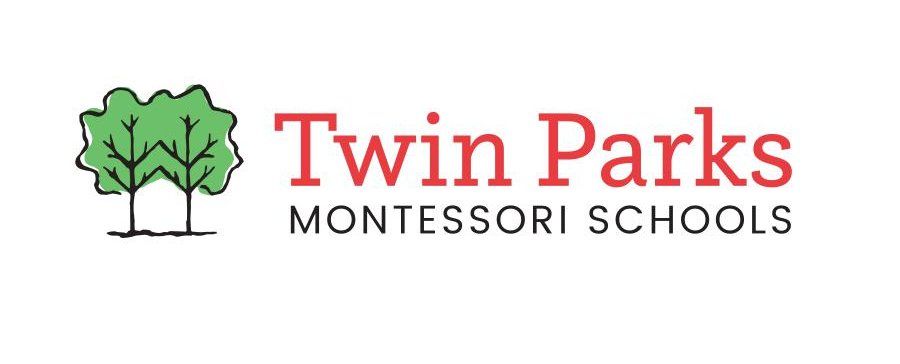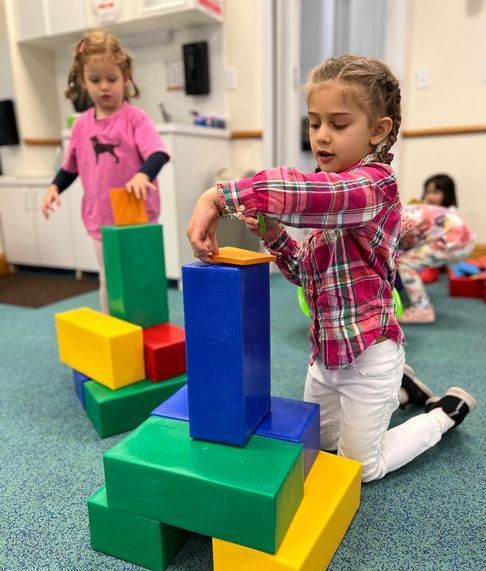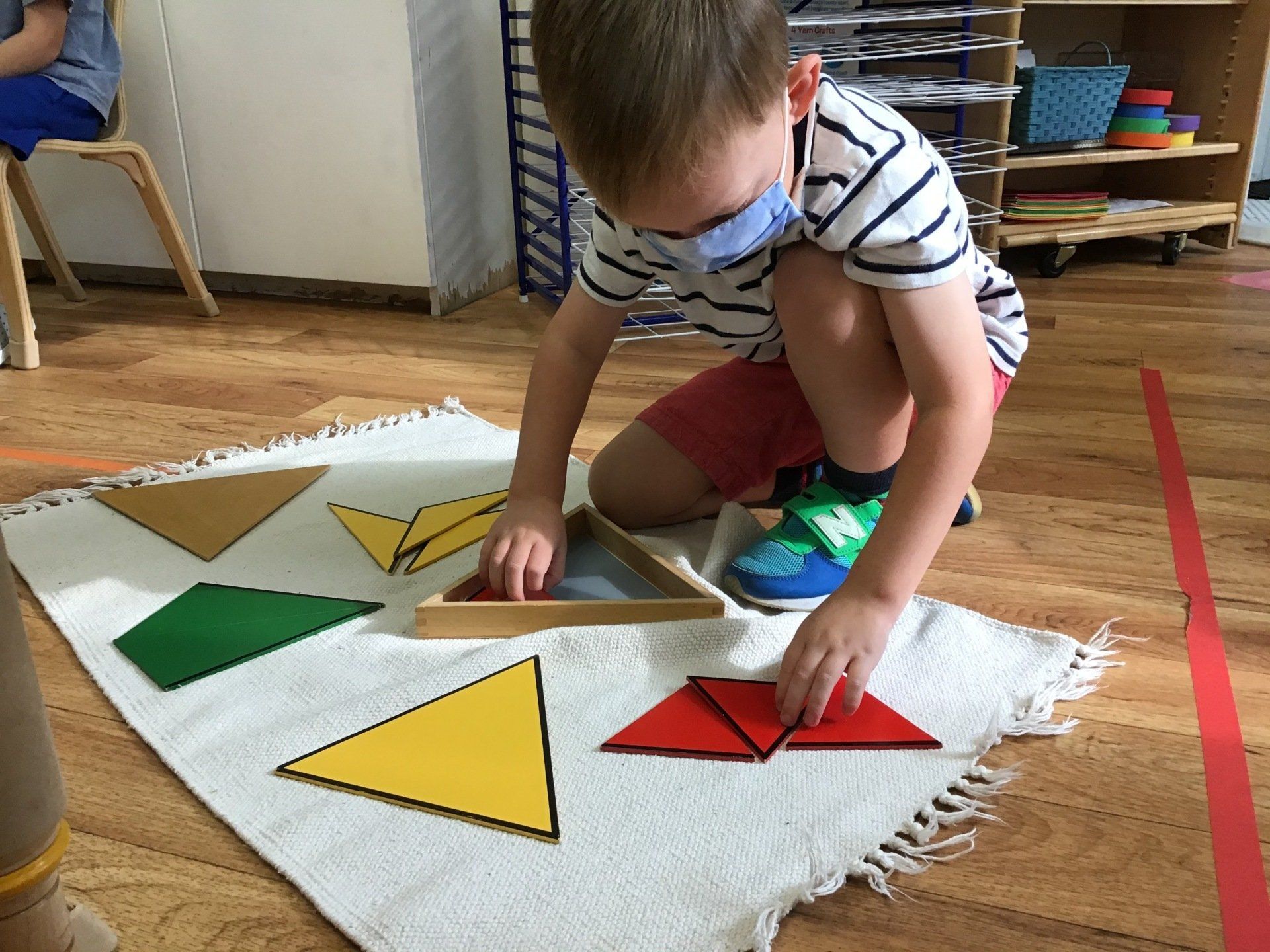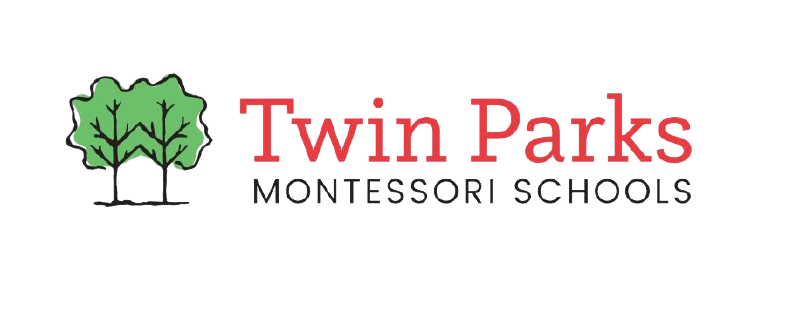Why Montessori?
Nearly 100 years ago, Dr. Maria Montessori, one of Italy’s first female physicians, inspired the birth of a worldwide educational movement.
Drawing upon her scientific background and clinical understanding, Dr. Montessori observed that young people learned best when engaged in purposeful activity rather than simply being fed information. She recognized that children’s cognitive growth and development required the construction of an educational framework that would respect individuality and fulfill the needs of the “whole child.”
Her pioneering work created a blueprint for nurturing all children, from gifted to learning disabled, to become self-motivated, independent, and life-long learners. This is the ultimate goal of today’s pre-eminent educational reform movement.
A Brief History
Dr. Montessori first became interested in education while caring for mentally challenged children in a psychiatric clinic in Rome. Her innovative practices, including a combination of sensory-rich environments and hands-on experiential techniques, soon elicited positive learning behaviors from children previously left behind by society.
Montessori continued shaping her learning model by opening “A Children’s House” in 1907 for impoverished pre-school children. Her philosophy, materials, and practices have spread around the globe and have been implemented in a variety of cultural settings. As more and more schools incorporated core elements of the Montessori model —multi-age classrooms, early childhood education, prepared environments—her namesake method became widely recognized as being ahead of its time.
“We discovered that education is not something which the teacher does, but that it is a natural process which develops spontaneously in the human being.”
- Maria Montessori
Montessori Today
Remarkably, Maria Montessori’s visionary ideas and concepts remain viable and have profoundly influenced the entire educational landscape.
Today Dr. Montessori’s visionary ideas flourish as the cornerstone of a thriving educational practice. There are thousands of Montessori schools in the U.S. including hundreds of programs in public and charter schools.
In the 21st century, AMS celebrated its 60th anniversary. It supports a membership of more than 9,000 members and over 900 member schools throughout the United States. On an international scale, only ten percent of these schools have been awarded accreditation—and proudly, we are one of those few!



